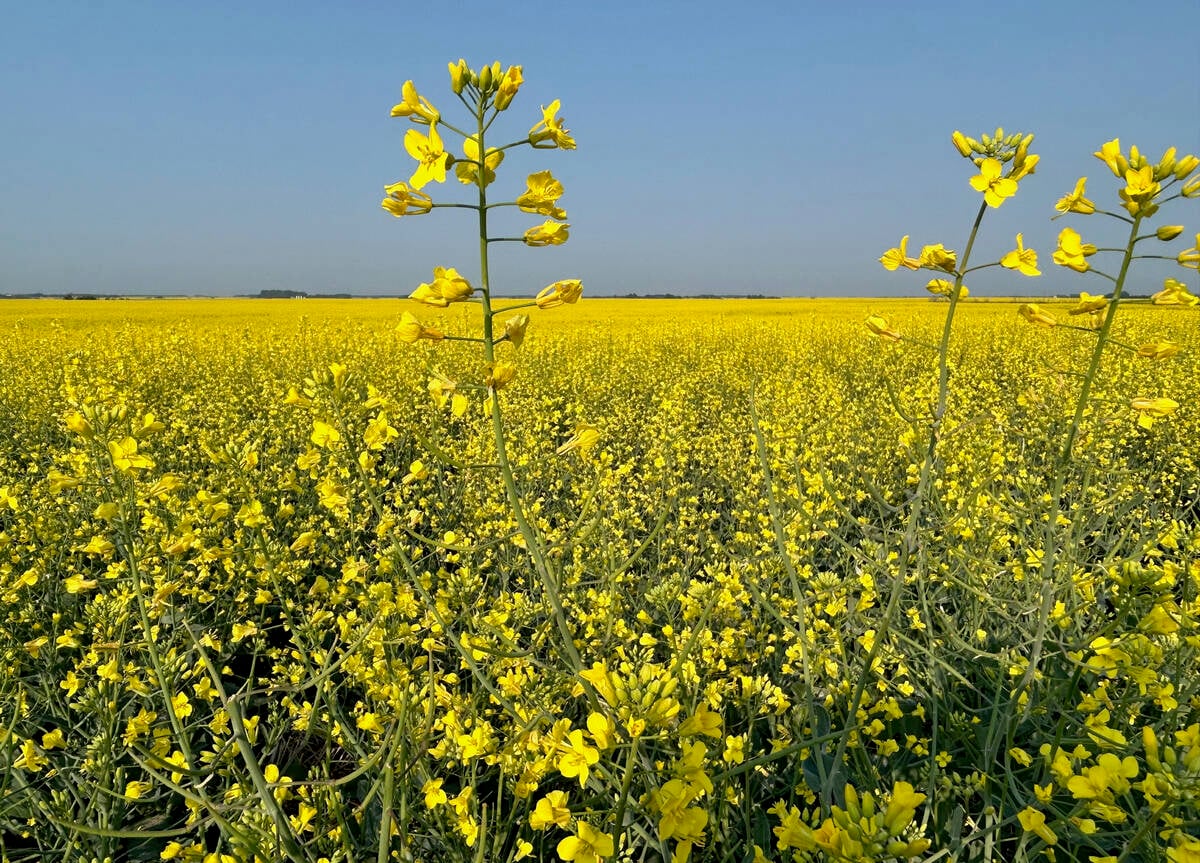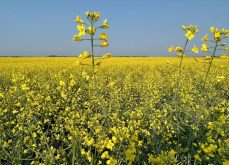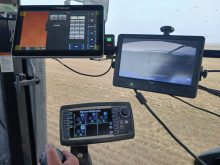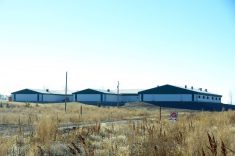The 4-H four leaf clover logo is recognized throughout North America and across much of the globe. But, in our increasingly high-tech world and, specifically, in a province where the rural population is declining and fewer kids have access to traditional 4-H animals like cattle and horses, is 4-H still relevant?
Absolutely, says Cameron Horner, communications and marketing specialist for Alberta Agriculture’s 4-H and Agriculture Education Branch Horner says the future looks bright for the 377 4-H clubs across the province. “Wherever rural kids are, 4-H is going to be front and centre.”
Read Also

Want more canola bushels? Join a local research network
Joining a local group of farmers who conduct on-farm trials and share data is a great way to boost profitability, say agronomists in Western Canada.
However, times have changed and so has participation. “From the heyday of the 1970s, (participation) is not where it was,” says Horner. But, 4-H is “still vital”, he says, and the organization is still “as prominent today as it was 30, 40 or 50 years ago.”
That said, 4-H today is quite a different organization than what you might have participated in a generation or two ago. “Most of the kids in my club many years ago were farm kids,” says Horner. “That same club has rural (but non-farm) and some urban kids in it today.”
New Programs
That change in demographics, in combination with increasing competition from other clubs and activities and differing interests and priorities among farm and non-farm kids alike, has driven 4-H to expand its program options.
Whereas the programming used to revolve primarily around livestock and crop projects, today there are many multi-clubs that offer an enormous range of programs.
“We still have just under 5,000 kids in beef and just under 3,000 kids in equine (projects), so those are still our staples,” says Horner. “But, we offer over 35 projects now, everything from paintball to drama clubs to photography to small engines to canines. We don’t want kids to drop off when there’s nothing new for them, so we offer many options so they stay interested.”
4-H projects that have really taken off in the last five years include photography, which has seen enrollment climb by 224 per cent, and canine, which has grown by 77 per cent. In comparison, during the same five year time period, enrollment in equine projects dropped by 34 per cent, and enrolment in beef projects dropped by 17 per cent.
Horner attributes the changing popularity of projects to changes within agriculture itself, as well as changes in the greater surrounding world. “You see ebbs and flows with projects. For example, the swine industry has taken a big hit, so you see lower numbers of (swine)projects,” he says. On the other side, the increase in photography and other high-tech projects can be directly correlated to technology’s increasing presence in all kids’ day-to-day lives.
Learning and life skills
While projects may come and go, the main thing that hasn’t changed since the 4-H movement first began is its emphasis on learning and life skill development. The 4-H and Agriculture Education Branch, which oversees 4-H programming, is willing to consider just about any project, so long as it offers a learning component. For example: while paintball is little more than a good afternoon of fun for most kids, a 4-H paintball project is a multi-week program that generally includes gun safety and target-shooting components, a diary recording, and buildup to an achievement day.
As you’d probably expect, 4-H remains predominantly rural. “We haven’t made big strides into Calgary or Edmonton,” Horner says. There are currently 6,443 kids in 4-H clubs across the province, a decrease of two per cent from last year and about 17 per cent over five years. That said, the kids who are involved today are, on average, participating in more programs than ever. And, as 4-H grows to include an increasing variety of projects and programming, kids are staying in the 4-H program slightly longer, up about five per cent in the last decade to an average of 3.5 years.
4-H in Alberta is run through a partnership: Alberta Agriculture staff handle the programming, a provincial 4-H council manages the policy, and the provincial 4-H Foundation looks after the finances of the organization. Funding comes from both government and private supporters, and even in these tight economic times, remains on solid footing.














